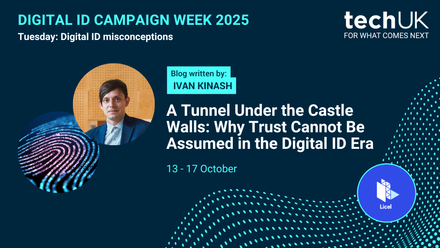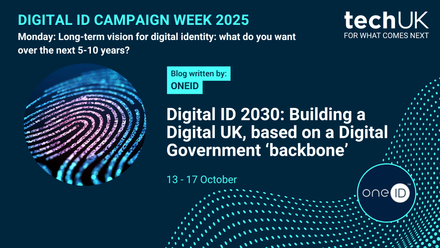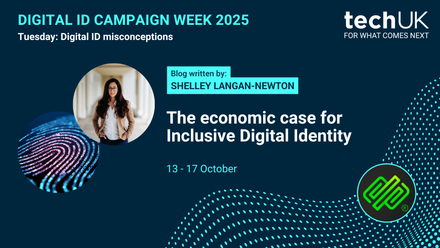Government to publish guidelines for Digital ID in AML Money Laundering Regulations
Money Laundering Regulations Consultation
Last year, HM Treasury committed to reviewing and updating the Money Laundering Regulations (MLRs) as part of a broader initiative to combat money laundering, outlined in the Economic Crime Plan 2023–26.
Yesterday, the UK Government published its long-awaited response to this consultation.
Building upon the July 15th Financial Services Growth & Competitiveness Strategy, and with over 200 responses from industry and other stakeholders, the update outlines a series of changes designed to close loopholes, clarify requirements, and sharpen the focus of customer due diligence on higher-risk activity.
Crucially, within this package, the Treasury also confirmed plans to issue joint guidance with DSIT on the use of digital ID for identity verification (IDV) under the MLRs. This is a timely and welcome move.
Digital ID: An opportunity for smarter, safer AML
As techUK outlined in our June 2024 response to the consultation, digital identity is a missing link in the UK’s approach to AML. Whilst regulations currently permit the use of Digital ID processes for customer due diligence, the Treasury acknowledges take-up remains limited due to cultural habits, legacy processes and some aversion towards how legitimate a digital identity check would be.
Digital ID has the potential to be a transformative enabler for the financial services sector - supporting remote onboarding, streamlining KYC checks, and reducing the burden of compliance for regulated entities. It’s already technically possible and legally permissible, but more needs to be done to make digital ID a trusted and embedded component of AML processes.
That’s why techUK has consistently called for greater clarity and awareness around the use of digital ID. In our consultation response, we urged HM Treasury to become stronger champions of the adoption of digital identity within regulated sectors. The forthcoming guidance is an encouraging sign that this message from industry has been heard.
The Importance of getting it right
While the intent is clear and welcomed, implementation will be key. If HMT and DSIT can deliver detailed, practical technical guidance that aligns with the UK’s Digital Identity Trust Framework – now backed by the Data Use and Access Act – it could unlock a new wave of adoption and build confidence across financial services and beyond.
The inclusion of digital identity in the MLR strategy signals growing government recognition of its value. But acknowledgement must now give way to action. Clear, supportive, and industry-informed guidance can bridge the current trust gap, create new use cases for digital ID, and accelerate its adoption across the UK economy.
What comes next?
The guidance must not be developed in isolation. The voice of industry must be heard to ensure that this guidance delivers real world value, and acts as another step of many towards opening more areas of the economy to the use of digital ID. techUK remains a keen and willing partner in shaping this work, including convening and representing industry’s views.






